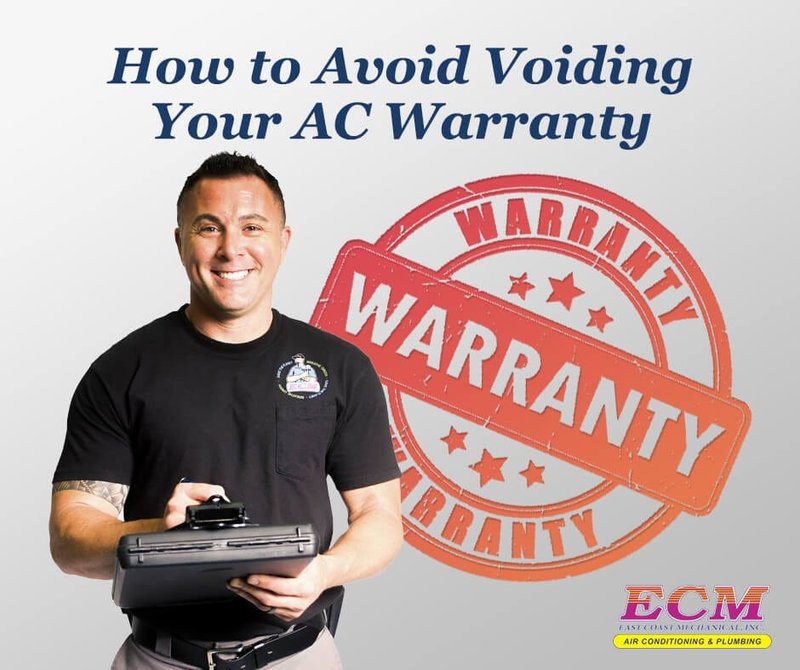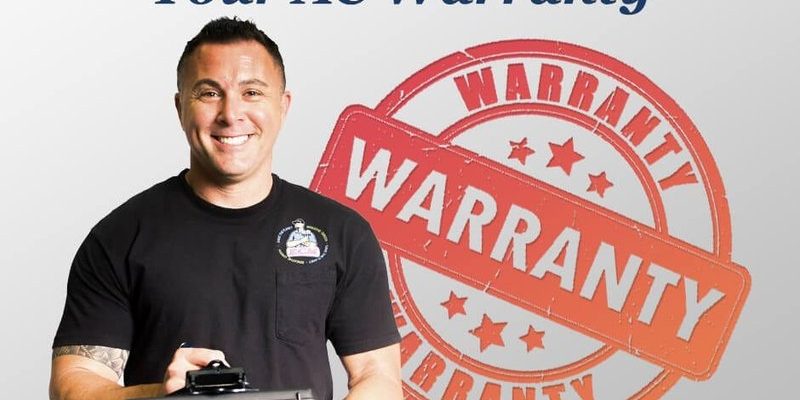
Here’s the thing: Lennox makes solid heating and cooling equipment, but like all big brands, they play by strict rules when it comes to honoring warranties. Maybe you’re trying to save a few bucks with a DIY repair, or you forgot to call for your yearly tune-up. Sounds harmless, right? Not always. Even a small slip, like using the wrong replacement part or skipping a scheduled maintenance check, can void your protection faster than you’d think.
When it comes to warranties, the devil is in the details. Let me walk you through what you *need* to know to keep your Lennox warranty solid, avoid the big pitfalls, and skip out on those headaches that come with being stuck with an expensive repair bill.
Why Lennox HVAC Warranties Matter (And What’s Usually Covered)
Warranties aren’t just paperwork—they’re your safety net. For most Lennox HVAC systems, a warranty covers everything from the compressor to parts and certain labor costs for a set number of years. But it’s not a catch-all. Think of it as a shield against unexpected breakdowns, as long as you don’t poke holes in that shield by ignoring the rules.
Honestly, a valid warranty could mean the difference between a free part replacement and a bill that makes you want to cry.
Generally, Lennox warranties fall under these categories:
- Base limited warranty – Standard on most new systems, usually covering major components for five to ten years.
- Extended limited warranty – Sometimes you get extra years or specific coverage if you register your system quickly after installation.
- Labor warranty – Separate from parts, this covers the cost to fix or replace something if it fails—often only for a year or two.
That’s why reading your warranty contract matters. Not every part—not even every repair—is covered forever. Know what to expect so you’re not left guessing when trouble hits.
The Biggest Warranty Killers: What Actually Voids Your Lennox Warranty?
You might be wondering: what mistakes actually get your warranty tossed out the window? Some of the main “warranty killers” are sneakier than you’d expect.
- Skipping annual maintenance
Like a car, your Lennox system needs regular checkups. Most warranties *require* annual service by a licensed HVAC pro. Miss even one year? It could void the warranty on big-ticket components. - DIY repairs or unauthorized service
Getting handy on your own might save cash up front, but Lennox wants certified technicians for installation, troubleshooting, and repairs. If you do it yourself or hire an uncertified tech? Warranty denied. - Failing to register your product
Did you send in that little registration card or complete the online form? If not, you might only get the absolute minimum coverage. Some extended warranties vanish if you skip registration. - Using off-brand or universal parts
Substituting parts (like thermostats, remotes, or motors) that aren’t approved by Lennox can lead to malfunction and a voided warranty. Even if they “fit” or “work,” they’re not always sync’d correctly—and Lennox cares about codes and compatibility.
The bottom line? Play by Lennox’s rules or risk footing the bill yourself.
Proper Installation: Why It’s Non-Negotiable
Here’s where it all starts: who installed your Lennox system? If it wasn’t a licensed, authorized dealer, your warranty is almost always in danger. Lennox wants to be sure that every connection, every bit of wiring, and every remote or thermostat pairing meets their strict standards.
Take the example of a neighbor who hired a cheap, “handyman” installer to put in their new HVAC. Everything seemed fine until the first summer heatwave—when the system failed, Lennox support checked the serial number and found the install wasn’t up to code. Result? Warranty rejected, and the repair cost came out of pocket.
Authorized installation means the system:
- Is matched to your home’s specs (right tonnage, right airflow, etc.)
- Syncs correctly with all remotes, control panels, and sensors
- Passes all Lennox safety and performance checks
Don’t cut corners. Get proof that your technician is certified for Lennox installs. Save the paperwork. It’s not just good practice—it’s your warranty’s backbone.
The Annual Tune-Up: How Regular Maintenance Protects Your Warranty
Let me explain why yearly maintenance isn’t just another thing for your to-do list—it’s the “reset” button that keeps your Lennox warranty alive. Think of your system like a car. If you never change the oil, things start to wear out faster—and no mechanic will honor the warranty if you ignore basic care.
What does a proper tune-up usually cover?
- Checking refrigerant levels and topping off if needed (with the right type and code)
- Cleaning heat exchangers, coils, and air filters for best performance
- Tightening electrical connections, inspecting thermostats, and testing remotes
- Catching tiny issues before they blow up into warranty-killing failures
Always use a technician who documents their visit. Keep those receipts or digital records. If Lennox asks for proof during a claim, you don’t want to be stuck digging through old emails or trying to remember if you got that checkup last spring.
Don’t Skip Product Registration: It’s Easier Than You Think
Product registration is one of those boring chores that’s easy to forget—but skipping it can shrink your Lennox HVAC warranty. Why? Because registration tells Lennox who owns the unit, where it’s installed, and that you’re playing by the rules from day one.
- Time limits – Sometimes you only have 60 or 90 days after installation to register. Miss that window and you’re stuck with the base warranty, losing extra years of coverage.
- Online is faster – Lennox has a registration website that lets you enter your serial number, installation date, and dealer info. It’s faster than mailing a card, less likely to get lost, and you get instant confirmation.
- Proof of registration – Save the confirmation email or printout. If you ever have to troubleshoot a warranty claim, you’ll need this.
If you bought your house with the system already installed? Call Lennox support to transfer the registration. Otherwise, coverage might end with the previous owner.
Replacing Parts: Only Go With Genuine Lennox Components
Here’s a classic mistake: your HVAC starts acting up, and a local contractor suggests a “universal” replacement part that’s a few bucks cheaper. Sounds fine, but Lennox warranties say otherwise. They want every system code, sync, and reset process to be perfect, and off-brand parts just don’t guarantee that.
Why are Lennox-branded parts a must?
- They’re built to spec—no weird compatibility issues or failed pairings, especially with remotes and advanced thermostats.
- Using third-party or recycled parts can mess with system codes and throw error messages, which makes troubleshooting harder for authorized techs.
- If your warranty claim involves a non-Lennox part, the company can instantly void that section of your coverage—no questions asked.
Ask your repair tech to show you the packaging or serial number of any part they install. It’s not pushy—it’s being proactive.
DIY Repairs and Troubleshooting: Why They Can Be Risky
You might feel tempted to tinker with your Lennox HVAC, especially if a problem seems minor—like resetting the system or changing a remote battery. While a battery swap is generally okay, anything that involves opening panels, pairing new remotes, or syncing system controls is risky territory for your warranty.
Let’s say you try to reset the control board because the thermostat’s acting up. It works—for a while. But if you break a connector or leave a wiring code out of sync, that small DIY move becomes a big warranty problem.
- If you’re troubleshooting, stick to basics—change batteries, reset from the main controller, check remote codes only as described in the Lennox manual.
- For bigger issues (power loss, odd noises, repeated error codes), stop and call an authorized pro—let them pair, code, or repair the right way.
- Document what you tried but don’t push further if you’re unsure. Guesswork isn’t worth losing thousands in coverage.
Just because you *can* find a YouTube video doesn’t mean you *should* follow it when your warranty’s on the line.
Keep Your Records: The Paper Trail That Saves Your Warranty
When it comes to warranty claims, Lennox will often ask for proof. That means every service receipt, your original registration, and even paperwork tied to troubleshooting, code resets, or battery swaps for your remote. Don’t toss anything in the shredder too soon.
Here’s how to stay organized:
- Set up a folder (digital or physical) labeled “Lennox HVAC Warranty”
- Add receipts for every annual maintenance visit, each part replacement, and all repair invoices
- Include the warranty registration confirmation and any emails from Lennox or your installer
If you ever need to make a claim, you can just hand over the folder, show the product code, and make the process much faster. No drama.
When in Doubt, Ask or Call an Authorized Lennox Dealer
Sometimes, all the manuals and paperwork can make your head spin. If you’re not sure about your next step—like whether a part is genuine, or if your system needs a reset after a power surge—don’t risk your warranty by guessing.
Authorized Lennox dealers have the code books, troubleshooting guides, and direct line to Lennox support. They’ll know if a repair or part change could mess up your coverage. Plus, most dealers will handle warranty questions for free if you’re a customer.
Don’t wait for a breakdown. Make it a habit to ask questions when you get maintenance or before you try any DIY fix. A quick call can save you a world of frustration down the line.
Bringing It All Together: Protecting Your Lennox HVAC Warranty
Keeping your Lennox HVAC warranty valid isn’t about following mysterious rules—it’s about sticking to a few key habits: schedule regular professional maintenance, only use authorized parts and dealers, register your product, and keep a tidy record of every repair. Sure, it’s a few extra steps, but think of it as guarding your investment (and your comfort on those muggy summer nights or freezing winter mornings). Life’s unpredictable enough. When your warranty’s in good standing, at least you know your Lennox system—and your wallet—are covered when it counts.
